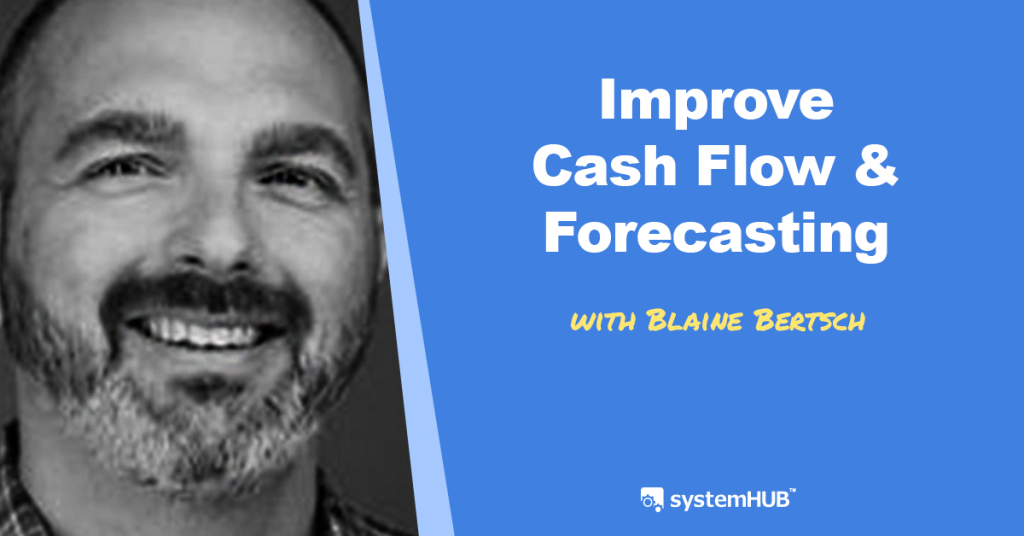Blaine Bertsch | Operational Cashflow & Future Forecasting System
- Department: Finance

Overview
This system elaborates the step by step process to help business owners identify how they can effectively bring in cash flow into their company. It avoids a cash flow crunch for any type of business and prevents business owners from breaking their personal bank accounts for the sake of their company.
=-=-=-=-=-=
System Architect: Blaine Bertsch
Website: www.dryrun.com
Generated as part of the www.BusinessSystemsSummit.com
Video
The Process
Step 1: Hire a financial advisor.
- Start out by hiring a professional.
- Coaches
- Accountants
- Bookkeepers
- Controllers
- Finances might not be your area of expertise so having a professional help you out on this aspect means a lot to your business.
- It also frees up a ton amount of your time to focus on things that you should really be working on.
- Professionals help you out by ensuring that the data in these cloud-based systems are reconciled and up to date.
Step 2: Pick the right software.
- Get on with a cloud-based system or a cloud-accounting tool.
- The professionals will set up systems for your business.
- It is highly efficient especially when you’re managing all the scattered data and numbers in your business.
- Getting a cloud-based system will ensure that you’re always on top of those data. You may also make use of it.
- Some examples include:
- Xero
- Quickbooks
Step 3: Do a regular check up on your business financials.
- As your business expands, it is important to have someone focused on looking at your company’s financial situation.
- The minimum checkup is every week.
- Try to understand what is happening in your business in terms of finances.
- Here are some of the essential points you should identify when you’re checking up with your financials:
- Get control of the near-term cashflows.
- Do you have enough money to make payroll?
- Do you have enough money to get you through the month?
- You should focus on getting to know these points before moving on to the longer frames.
- This step helps you take control over risks while lowering them at the same time.
- The data you’ll extract on this step will give you hints on the following:
- When is the best time your business can expand?
- How would your business expand?
- When should you hire?
- When can you take on bigger opportunities?
- Do your review on a daily, weekly, monthly, and quarterly basis.
- Have a weekly action list.
- Consolidate all your invoices and bills.
- Categorise each based on their due dates.
- It helps you understand which requires the most urgent attention.
- Have a monthly action list.
- Look and monitor your sales pipeline.
- Try to forecast seasonal changes that can have an effect on your business.
- In general, the cadence of this will still highly depend on the size of your business.
- As you get accustomed to this system, it will open your eyes up to other essential things worth noticing for your business.
- Quarterly / Annual action list.
- This gives direction to your business.
- Where do you plan on taking your business?
- It provides a longer-term outlook in your business.
- This gives direction to your business.
System Notes
- Acknowledging and studying the finance status of your business will help you analyse and give direction on your business finance in the future.
- Don’t dismiss the past because this is where you can learn from.
- Get people to help you build a system that makes sense to your business as a starting point.
- It doesn’t require to be perfectly laid out at the beginning.
- Make sure you do regular touchpoints.
- Do not drop off. Keep it going.